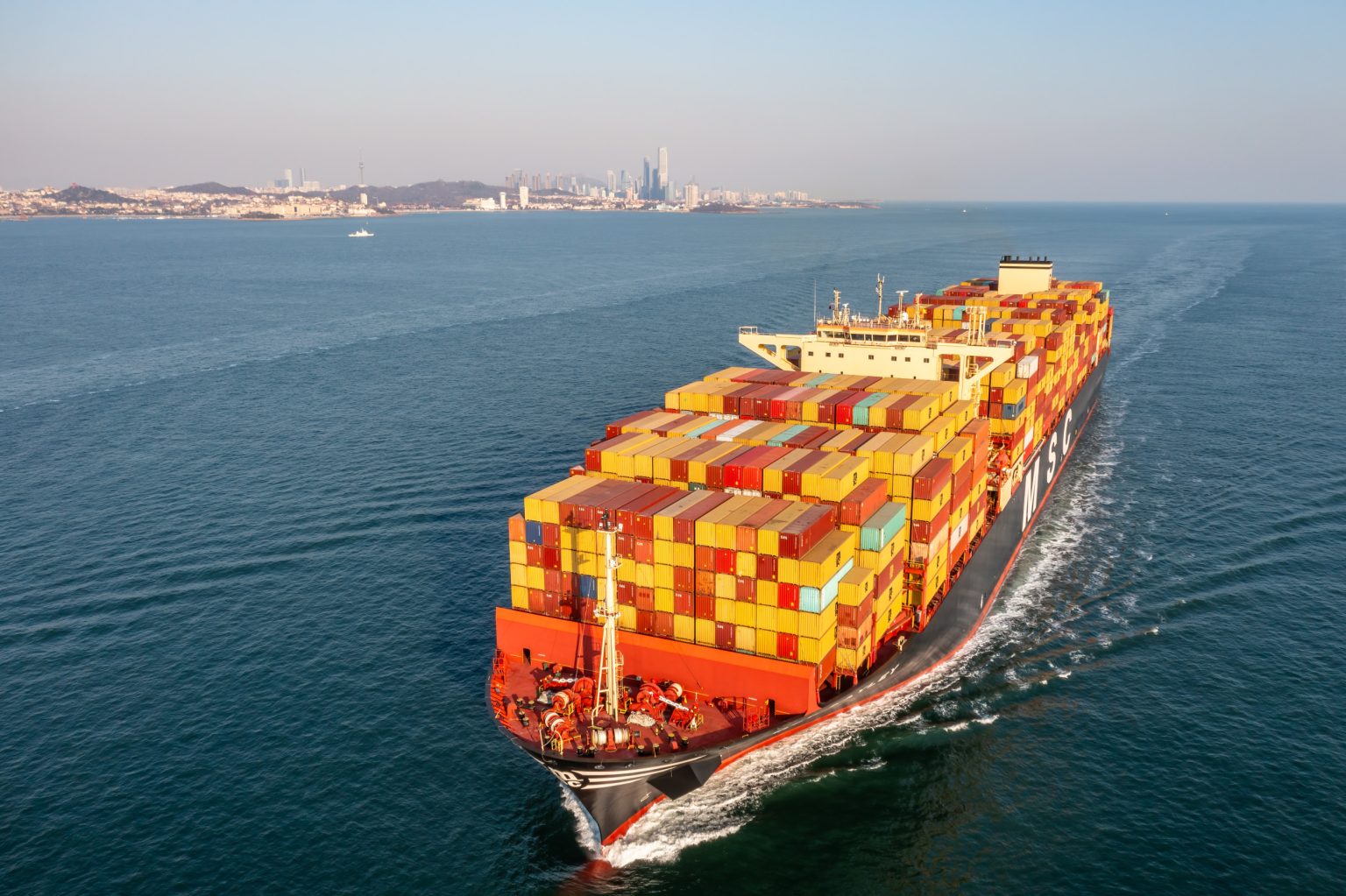China’s manufacturing activity in April expanded for the second consecutive month, but at a slower rate than in March, according to the country’s statistics bureau. The Purchasing Managers Index (PMI) was 50.4, a decrease of 0.4 points from the previous month. This data suggests that the world’s second-largest economy is still facing challenges such as tepid consumer confidence, a property sector crisis, and indebted local governments. The PMI composite index is considered a key indicator of economic trends in the manufacturing sector, calculated from five variables including production, new orders, supplier delivery times, inventories, and employment.
Production expanded to 52.9 in April, up from 52.2 in March, indicating growth but at a slower pace. New company orders stood at 51.1, suggesting slowing demand since March. The index for new export orders was 50.6, showing expansion but just barely, after a significant increase in March. Inventory levels for finished products received a score of 47.3, down from 48.9 in March, indicating higher demand as unsold inventory decreased. Raw material inventories remained unchanged at 48.1.
The employment index was 48 in April, marking the 14th straight month of contraction, indicating a reluctance among employers to hire new workers. Suppliers’ delivery times shortened slightly to 50.4 from 50.6 the previous month. A separate PMI survey by Caixin reported a higher headline PMI of 51.1 for March, surpassing China’s official numbers. The private sector survey suggested a faster rate of expansion than the official data. China’s GDP grew by 5.3 percent year-on-year in the first quarter, exceeding expectations, but growth slowed in key sectors in the following months.
Chinese Communist Party leaders are set to gather for the Third Plenum in July, where economists hope for more robust measures to stimulate the economy. The PMI survey results reflect the challenges facing China’s manufacturing sector, despite some signs of growth and expansion. The country’s economic performance in the first quarter exceeded expectations, but concerns remain about the sustainability of this growth, especially in light of ongoing issues such as consumer confidence, property sector troubles, and local government debt.
Overall, China’s manufacturing activity in April showed signs of growth, but at a slower pace than in previous months. The challenges facing the economy, such as tepid consumer confidence and a property sector crisis, continue to impact manufacturing performance. The PMI data provides a snapshot of economic trends in the manufacturing sector, highlighting areas of growth and contraction. With concerns about employment levels and delivery times, China’s leaders will need to implement measures to stimulate the economy and ensure sustainable growth in the coming months.















